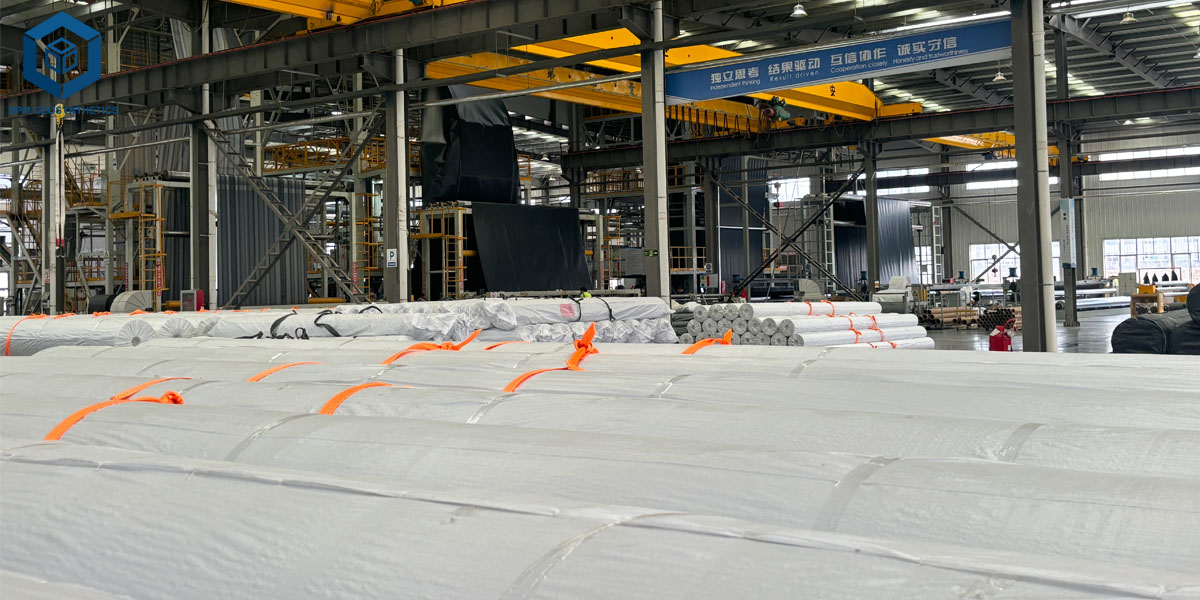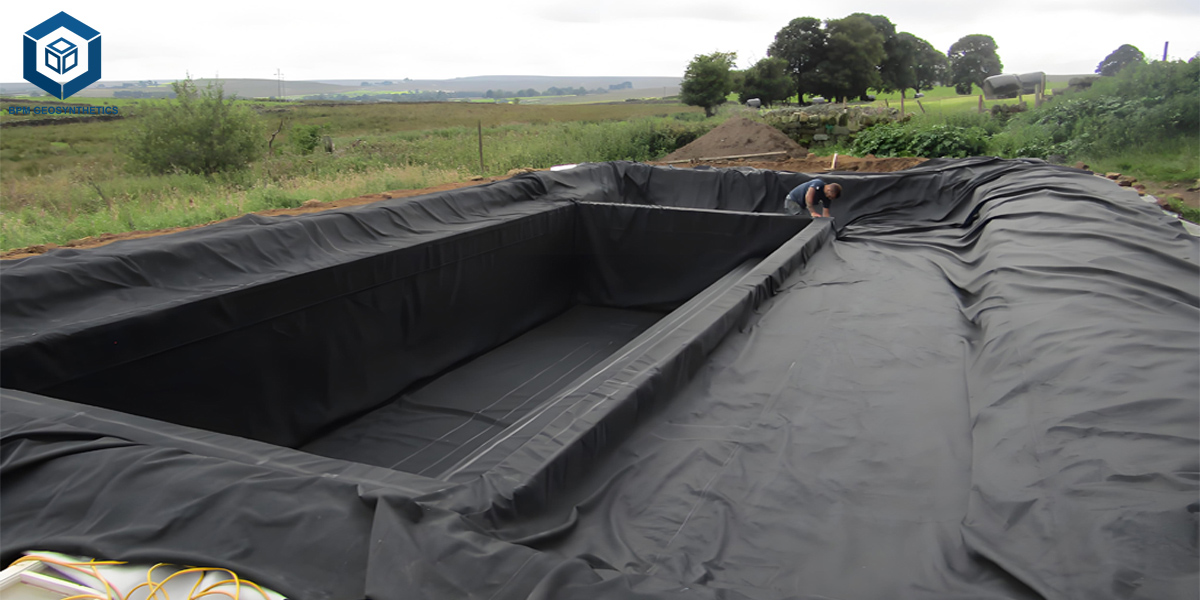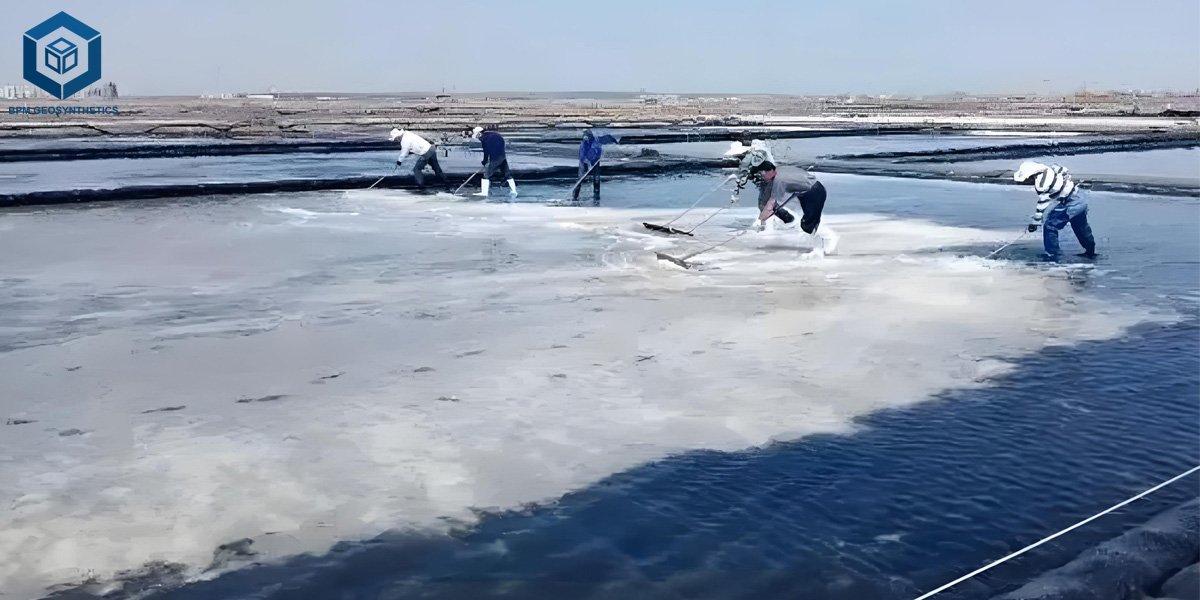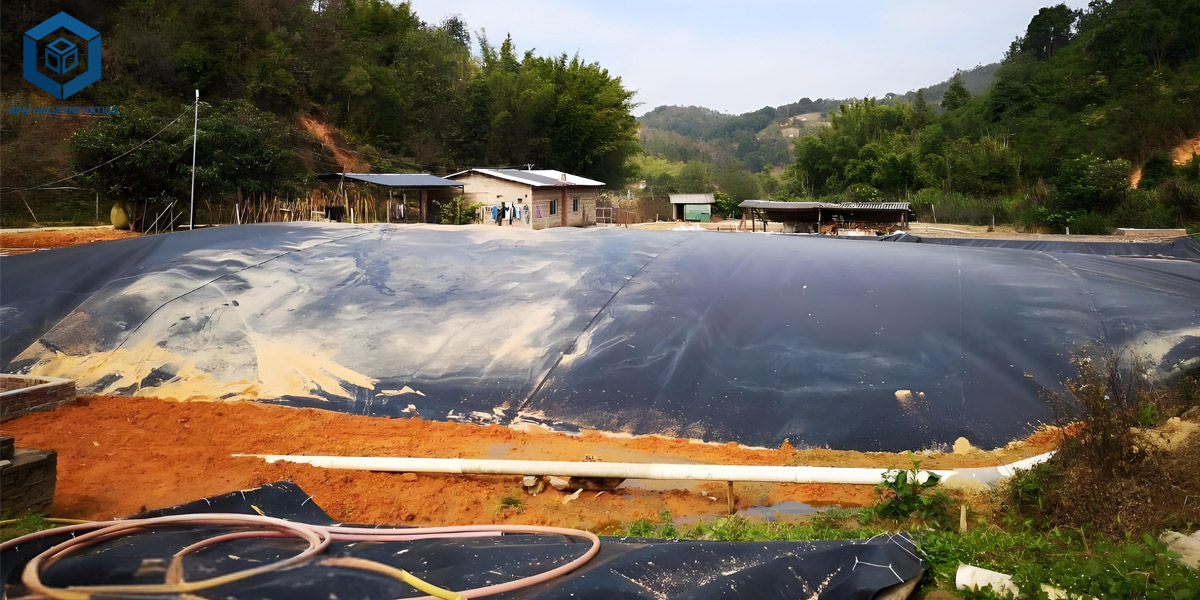Geomembrane Waterproofing
Geomembrane Waterproofing: Essential Solutions for Long-Lasting Protection
Introduction
Geomembrane waterproofing is a critical technology in modern construction, environmental protection, and waste management. As the demand for efficient and sustainable waterproofing solutions rises, geomembranes have proven to be a versatile and reliable material for applications such as landfills, water reservoirs, pond liners, and foundational waterproofing for buildings and infrastructure projects.
This article will explore the importance of geomembranes in waterproofing, the materials and technologies involved, as well as current industry trends and innovations. We will also answer common questions from buyers and provide insights on how to select the right geomembrane for your project needs.
What is Geomembrane Waterproofing?
Definition and Function
A geomembrane is a synthetic membrane used to control the movement of liquids or gases in a variety of applications. In waterproofing, geomembranes serve as an effective barrier to prevent water penetration, making them essential in applications where moisture containment is crucial.
Common geomembranes are made from high-density polyethylene (HDPE), linear low-density polyethylene (LLDPE), and other materials such as PVC and EPDM rubber. These materials are chosen for their durability, flexibility, and resistance to chemicals, UV radiation, and temperature fluctuations, making them ideal for long-term waterproofing solutions.
Applications of Geomembrane Waterproofing
1. Landfill Liners
Geomembranes are widely used as landfill liners, providing an impermeable barrier to prevent leachate (liquid waste) from contaminating the surrounding environment. These waterproof liners play a key role in protecting soil and groundwater from pollutants, ensuring environmental compliance and sustainability.
2. Water Reservoirs and Dams
For water storage and reservoirs, geomembranes offer exceptional waterproofing by creating a barrier against water seepage. This is particularly important in large-scale hydroelectric dams or irrigation systems, where water conservation is critical. Geomembrane liners help to preserve water quality and prevent waste, making them a cost-effective solution for managing large water bodies.
3. Pond Liners
Geomembranes are also used in pond liner applications to control water leakage and improve the efficiency of artificial ponds. They are commonly employed in aquaculture systems, stormwater management, and landscape designs.
4. Foundational Waterproofing
In construction, geomembranes are used as a foundational waterproofing material for buildings, tunnels, and underground structures. They create an effective barrier against water ingress, preventing damage to the structural integrity of buildings and avoiding costly repairs from water-related damage.
5. Environmental Protection
In environmental projects, geomembranes are used to manage hazardous materials or to create impermeable barriers around contaminated sites. This application is critical for environmental remediation, ensuring that no harmful substances leak into the environment.
Benefits of Geomembrane Waterproofing
1. Long-Term Durability
Geomembranes are designed to provide long-lasting waterproofing solutions, with the ability to withstand extreme weather conditions, UV exposure, and physical wear. Their durability reduces the need for frequent maintenance, making them a cost-effective solution in the long run.
2. Environmental Protection
By preventing the movement of hazardous liquids and gases, geomembranes protect surrounding ecosystems, groundwater, and soil. This is particularly vital in sensitive areas like landfills, agricultural systems, and water bodies where contamination can have severe consequences.
3. Cost-Effectiveness
Although the initial investment in geomembrane materials can be significant, the cost savings over time are considerable. Reduced maintenance, fewer environmental hazards, and enhanced performance make geomembranes a smart investment for large-scale projects.
4. Flexibility and Versatility
Geomembranes are highly flexible and can be tailored to fit a wide range of applications. They are easy to install and can conform to irregular surfaces, making them adaptable to different projects such as pond liners, irrigation systems, and roadway construction.
Technological Advancements in Geomembrane Waterproofing
1. Improved Materials
Innovations in geomembrane materials have led to the development of higher-performance products. HDPE geomembranes, for example, are now produced with enhanced chemical resistance, UV stability, and higher tensile strength. These improvements make geomembranes even more effective for projects in harsh environments, including mining, waste management, and agricultural applications.
2. Geo-Textile Composite Geomembranes
Composite geomembranes, which combine geomembranes with geotextiles or other protective layers, provide additional protection against punctures, tears, and other mechanical damage. These composite systems are especially useful in landfill applications where the risk of damage from sharp objects is higher.
3. Environmental Sustainability
In response to growing environmental concerns, many manufacturers are now producing recycled or bio-based geomembranes. These environmentally friendly products help to reduce waste and promote sustainable construction practices.
4. Installation Innovations
Advancements in welding technology and installation techniques have made the installation of geomembranes faster, safer, and more reliable. Automated welding equipment ensures that seams are sealed perfectly, preventing leaks and maximizing the lifespan of the geomembrane.
Key Considerations When Choosing a Geomembrane
When selecting a geomembrane waterproofing system, it’s essential to consider the following factors:
Material Type: Choose the appropriate material (e.g., HDPE, LLDPE, or PVC) based on your project's specific requirements, such as chemical resistance and flexibility.
Thickness: Thicker geomembranes generally offer better puncture resistance, but it’s important to balance thickness with cost and ease of installation.
Durability: Consider the environmental conditions in which the geomembrane will be used. High UV resistance and mechanical strength are essential for outdoor and exposed applications.
Cost vs. Benefit: Evaluate the long-term cost-effectiveness of geomembrane materials. While initial costs may be high, the reduced maintenance and environmental protection benefits often result in substantial savings over time.
Frequently Asked Questions (FAQ)
1. What is the difference between HDPE and LLDPE geomembranes?
HDPE geomembranes are more rigid and offer superior resistance to chemicals and UV degradation. LLDPE geomembranes, on the other hand, are more flexible and are ideal for applications where flexibility and low-temperature performance are important.
2. Can geomembranes be used in all climates?
Yes, geomembranes are versatile and can be used in a wide range of climates. However, temperature fluctuations and UV exposure can affect the longevity of the geomembrane, so material selection is critical based on environmental conditions.
3. How are geomembranes installed?
Geomembranes are typically welded using automated welding machines to form continuous, seamless barriers. Installation also includes ensuring proper alignment, smooth surface preparation, and securing the edges to prevent displacement.
4. What are the environmental benefits of using geomembranes?
Geomembranes help to reduce environmental contamination by preventing the leakage of hazardous liquids and gases into the soil and water. Many geomembrane materials are also recyclable, contributing to sustainability in construction and waste management.
Conclusion: Invest in Reliable Geomembrane Waterproofing
Geomembrane waterproofing offers a proven solution for a wide range of industries, including construction, waste management, and environmental protection. By choosing the right geomembrane material, businesses can enhance structural integrity, environmental safety, and long-term cost-efficiency.
Whether you're looking for landfill liners, pond liners, or foundation waterproofing, geomembranes offer the protection and durability required to meet modern infrastructure challenges.
Contact us today to explore our range of geomembrane products and discover the best waterproofing solution for your project. Let our expert team guide you in selecting the right materials for optimal performance and sustainability.






